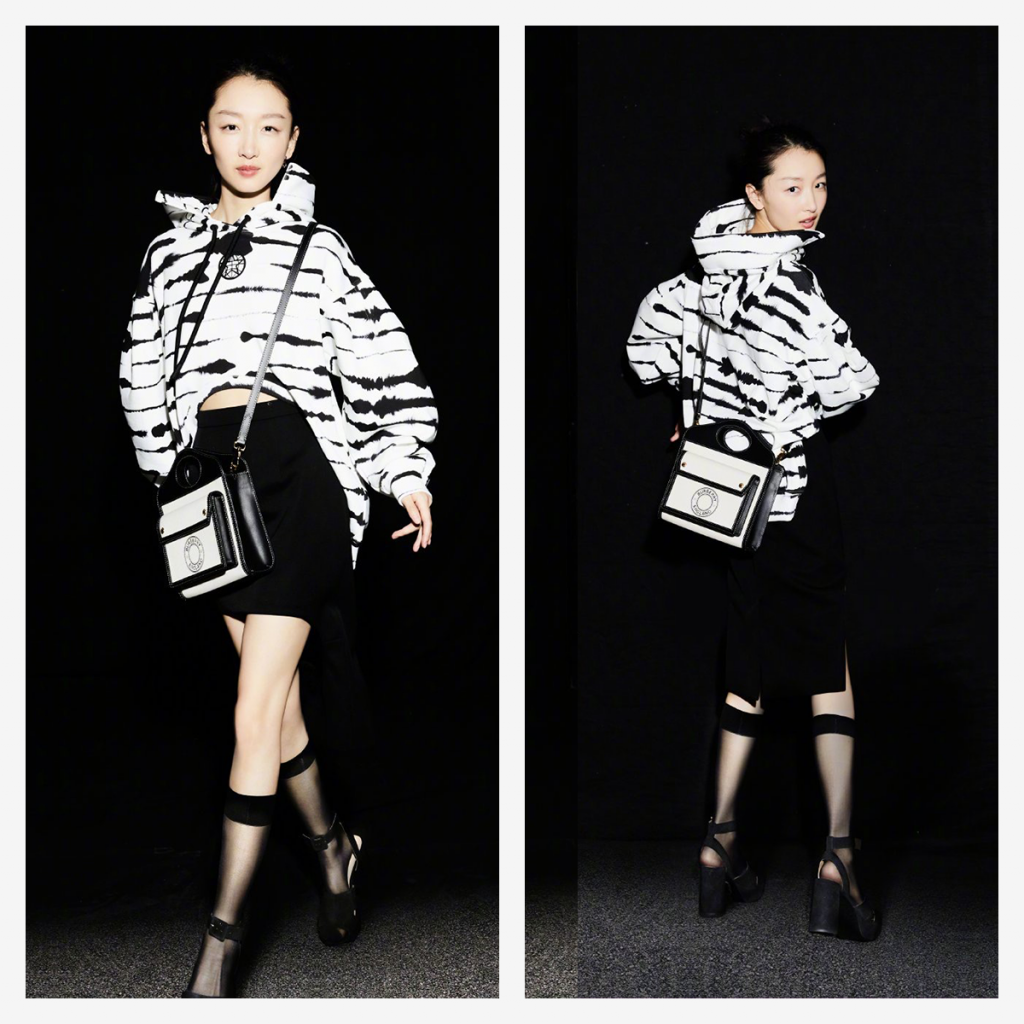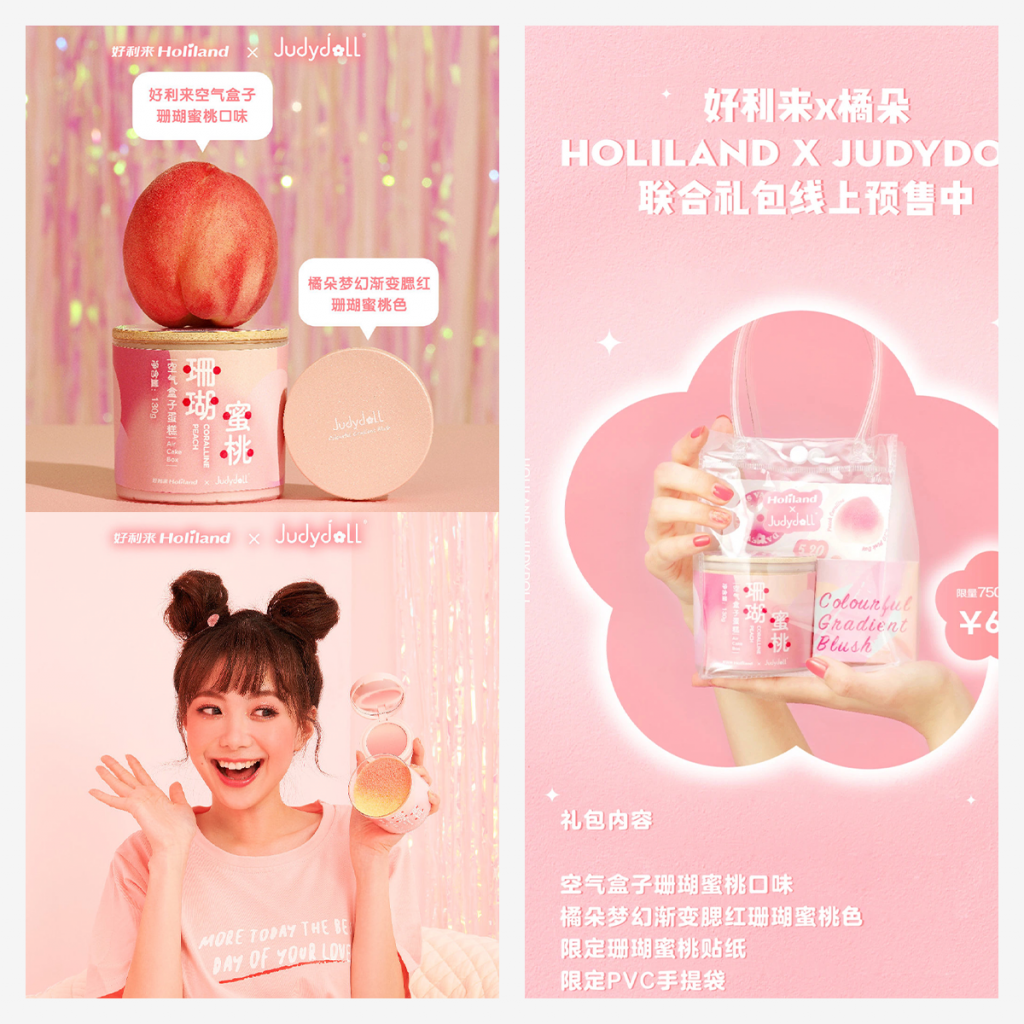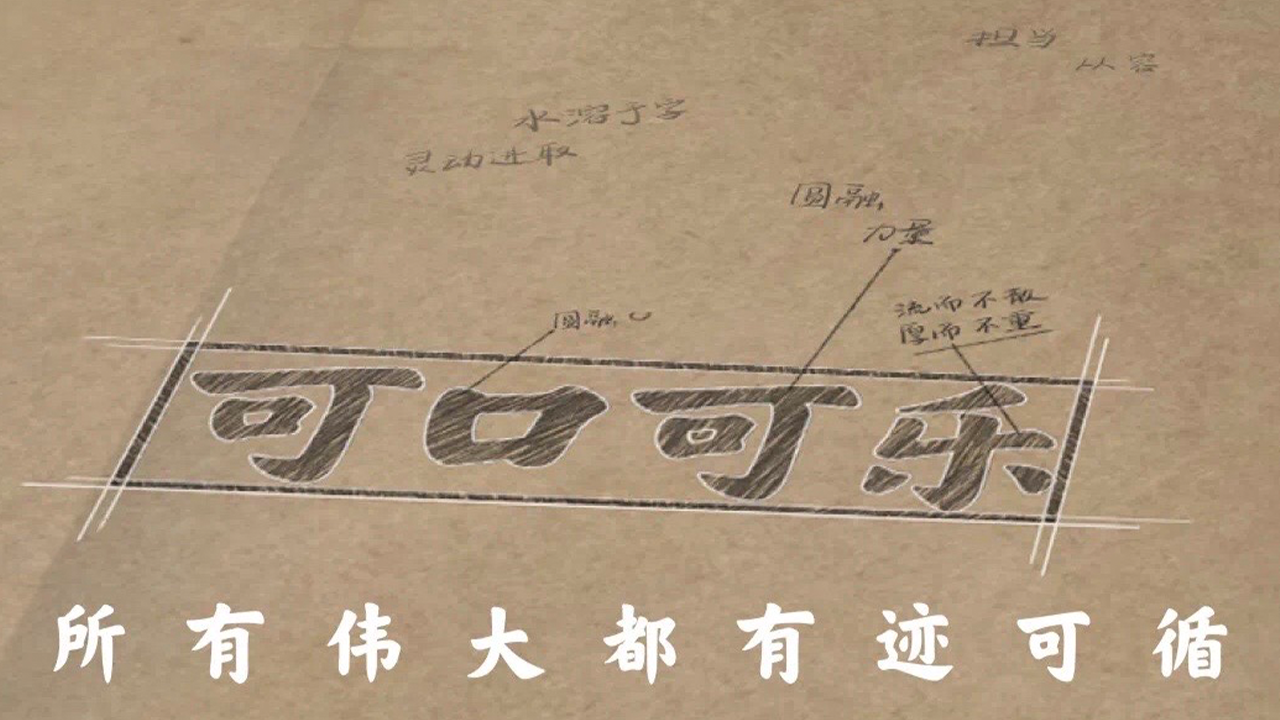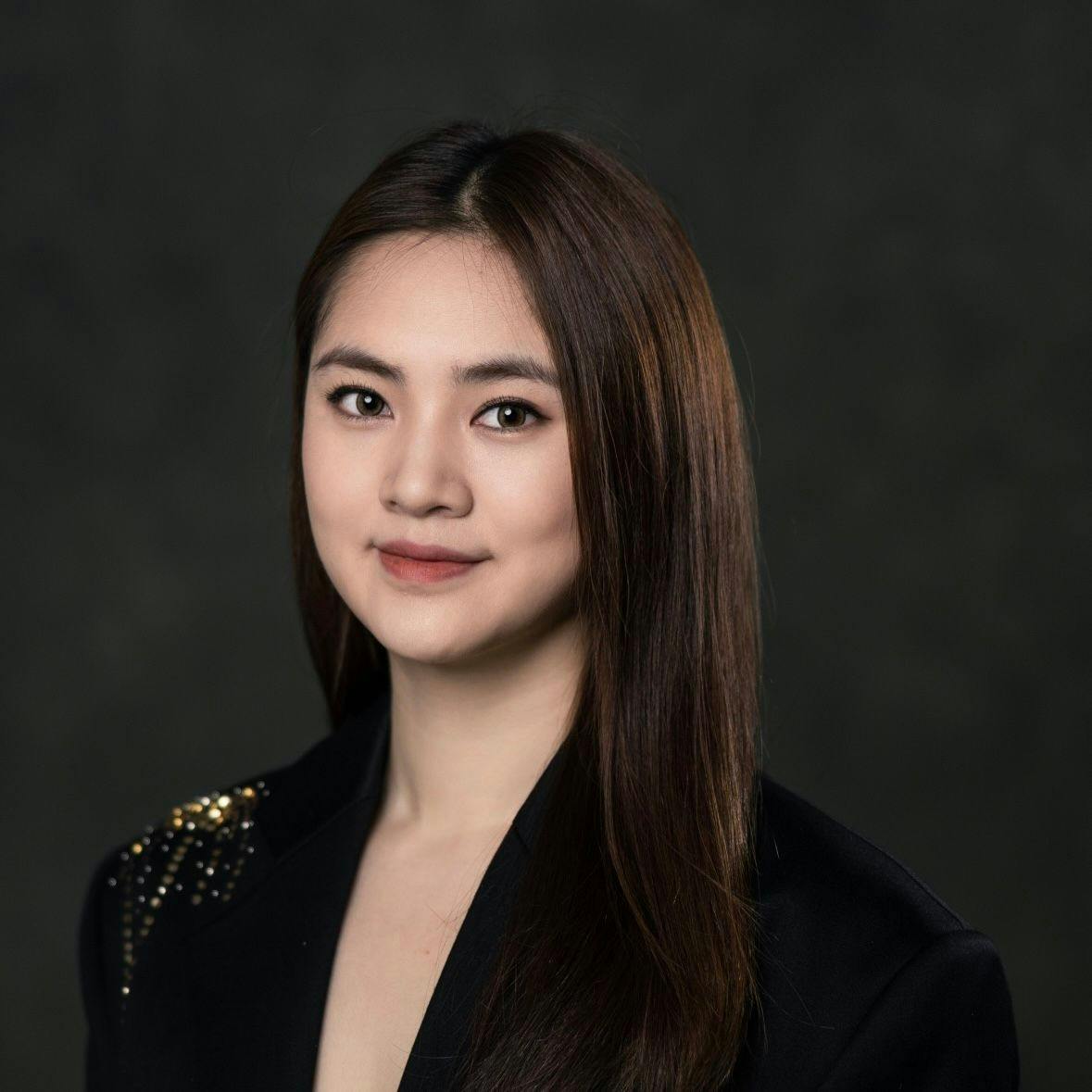The Social Edition is a weekly special-focus Jing Daily newsletter, which deep dives into luxury initiatives in China’s social media landscape. Every week, we highlight brand campaigns distributed on Chinese digital platforms — WeChat, Weibo, Tmall, Douyin, and beyond.
Our coverage spotlights global luxury brands, global beauty brands, and local Chinese brands. The latter gives insight into some of China’s most successful campaigns, which often come from local players, and are outside of the beauty and fashion space. In addition, we deliver need-to-know news, updates, and best practices on navigating social media platforms in China within the luxury space.
The below is an excerpt from The Social Edition newsletter. For weekly coverage, subscribe to the full newsletter here. In this week’s edition, we look at three campaigns: from Burberry's “Pocket Bag” campaign to Coca Cola's launch of a self-invented Chinese font.
COCA COLA ANNOUNCES SELF-INVENTED CHINESE FONT#

BRAND#
Coca Cola
CATEGORY#
Beverage
PLATFORMS#
WeChat, Tmall, Weibo
MEDIUM#
Imagery
OVERVIEW#
In celebration of Coca Cola’s 134th anniversary, the company released a new Chinese font entitled “Care” (在乎) on May 8. Inspired by the Chinese font that was used in the classic trademark when Coca Cola returned to China’s market 40 years ago, the brushstroke of the font symbolizes the company’s understanding of harmony, strength, responsibility, ease, and progress. These features embody Coca Cola’s integration with Chinese culture, as a global company.
As a result of over one year of development, the whole font package consisting of 6,769 Chinese characters and 976 symbols is available for free download for personal use. Meanwhile, Coca Cola’s Tmall store rolled out engraving service in the font, allowing consumers to personalize bottle slogans.
NETIZEN REACTION#
The WeChat campaign post has reached over 100,000 views, while users commented below with their personal memories with the brand and products. Many loyal consumers and even Coca Cola collectors have commended the company’s value and its dedication to China’s market over the past decades.
VERDICT#
As a global company that has successfully localized in China’s market for decades, there are many lessons that fashion and beauty brands can learn from Coca Cola. Brands that merely cash in on Chinese culture through appropriation will receive backlash. Chinese characters seem to be an obvious strategy for brands to leverage; yet they are indeed one of the most difficult elements for fashion brands to play with. Understanding local consumer interests is vital to take on an initiative such as this one. Otherwise, there will be more localization campaigns falling flat like Dior’s recent personalization embroidery service that featured a clunky Chinese font.
BURBERRY “POCKET BAG” CAMPAIGN#

BRAND#
Burberry
CATEGORY#
Luxury
PLATFORMS#
Weibo, WeChat, Tmall, Douyin, Little Red Book
MEDIUM#
Short Video, Imagery
OVERVIEW#
To promote its Spring 2020 Pocket Bag, Burberry has released a series of content to a wide set of Chinese social media platforms. On video-driven platforms including Douyin and WeChat, the brand shared vertical mobile-friendly campaign videos. Elsewhere, on public traffic-oriented platform Weibo, a series of celebrity endorsements engaged followers. Burberry’s Tmall flagship store shared a short video featuring fashion KOL Yvonne Ching to showcase the details of the handbag, in addition to typical product descriptions and product photography.
FEATURED TALENT#
Over 20 celebrities are featured in the campaign, including:
Zhou Dongyu (31.1M Weibo Followers) | Lareina Song (14.1M) | Han Huohuo (12.5M)
NETIZEN REACTION#
The archive-inspired look of the Pocket Bag has resonated positively with young local consumers, according to users’ comments below the brand’s WeChat teaser posted on April 29. Meanwhile, the celebrity endorsement that includes actresses, idols, models, and stylists resonated greatly with different consumer demographics. The campaign hashtag “Burberry袋我飞” has earned 110 million views on Weibo in two weeks.
VERDICT#
Burberry is one of the luxury houses that has ticked all the right boxes with its China digital strategy. The brand’s content is properly tailored for China’s different social media platforms. Indeed, understanding each platforms’ core user is vital for brands to organically reach audiences. For example, though the brand posted the same set of photography featuring Zhou Dongyu styling the handbag, Burberry utilized different copywriting for two platforms — tagging Zhou’s account with neat product description on Weibo while detailed styling suggestions with witty emojis on Little Red Book. This nuance, while subtle, is often overlooked by brands. It successfully leveraged Weibo’s niche in driving traffic and users’ attention while locking on potential customers who are interested in the bag and sourcing relevant posts on Little Red Book.
HOLILAND x JUDYDULL LIMITED EDITION#

BRAND#
Holiland, Judydoll
CATEGORY#
Beauty
PLATFORMS#
Weibo, WeChat, Tmall, JD.com, Little Red Book
MEDIUM#
Imagery
OVERVIEW#
One of the most renowned Chinese bakery chains Holiland announced a limited collaboration with C-beauty brand Judydoll in celebration of the upcoming “520” holiday. The peach-inspired gift box consists of a signature Holiland air cake and a Judydoll powder blush in Coralline Peach shade. The limited edition will be launched on Holiland’s Tmall and JD’s flagship stores on May 18.
NETIZEN REACTION#
The official campaign post has garnered over 10,000 likes on Weibo while the WeChat post has received over 100,000 views. As both Holiland and Judydoll own organic popularity among Chinese digital consumers, their crossover is well-received. Though the limited set has seen 4,429 orders on Tmall during presale, there are few social engagements on social platforms. The Weibo campaign hashtag “Etable Blush” is rarely mentioned by users besides the official post.
VERDICT#
On the heels of Chinese popular tea shop Heytea and Fenty Beauty’s not-for-sale collaboration last month, the crossover between Holiland and Judydoll had the potential to become the newest hyped initiative. Collaborations in the fast-moving goods sector, especially between food, beverage, and cosmetics have become wildly popular in China. However, in Holiland and Judydoll’s case, the social engagement is diluted due to the absence of KOL partnerships, given that Judydoll’s recognition is still limited compared with homegrown unicorn brand Perfect Diary. Meanwhile, netizens are not as impressed as they were with the Heytea and Fenty Beauty’s collaboration.
As Chinese millennial and Gen Z consumers are expecting products with higher quality, photogenic looks, and innovative ideas, a handful of local brands have emerged with a decent understanding of China's digital marketing landscape. Still, fashion and beauty players should be meticulous when leveraging collaborations. Identifying the proper partner and being creative are indispensable to tap wider consumers and build up a vibrant brand identity.
This is an excerpt from The Social Edition newsletter. For full weekly coverage, subscribe to the newsletter here.

